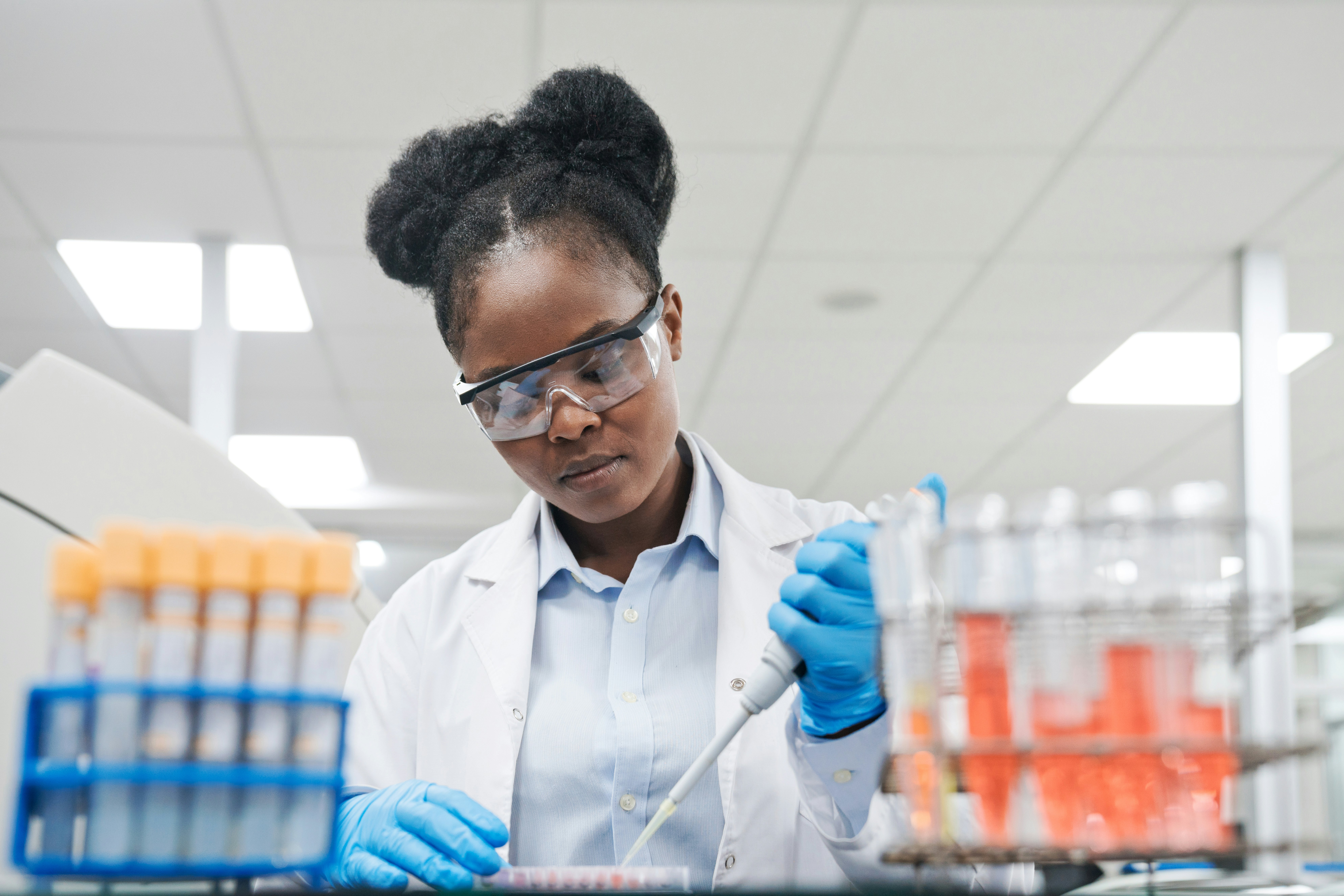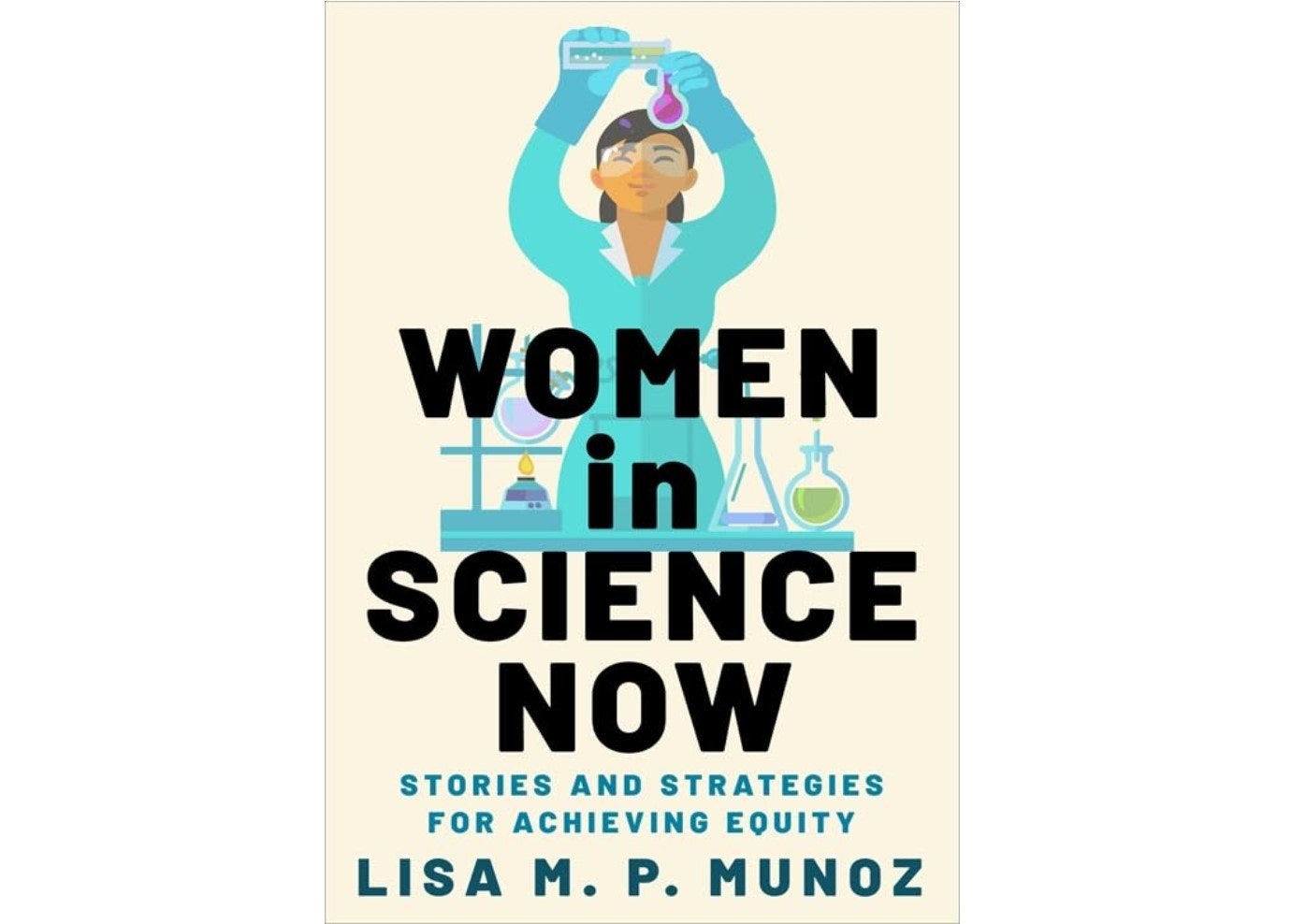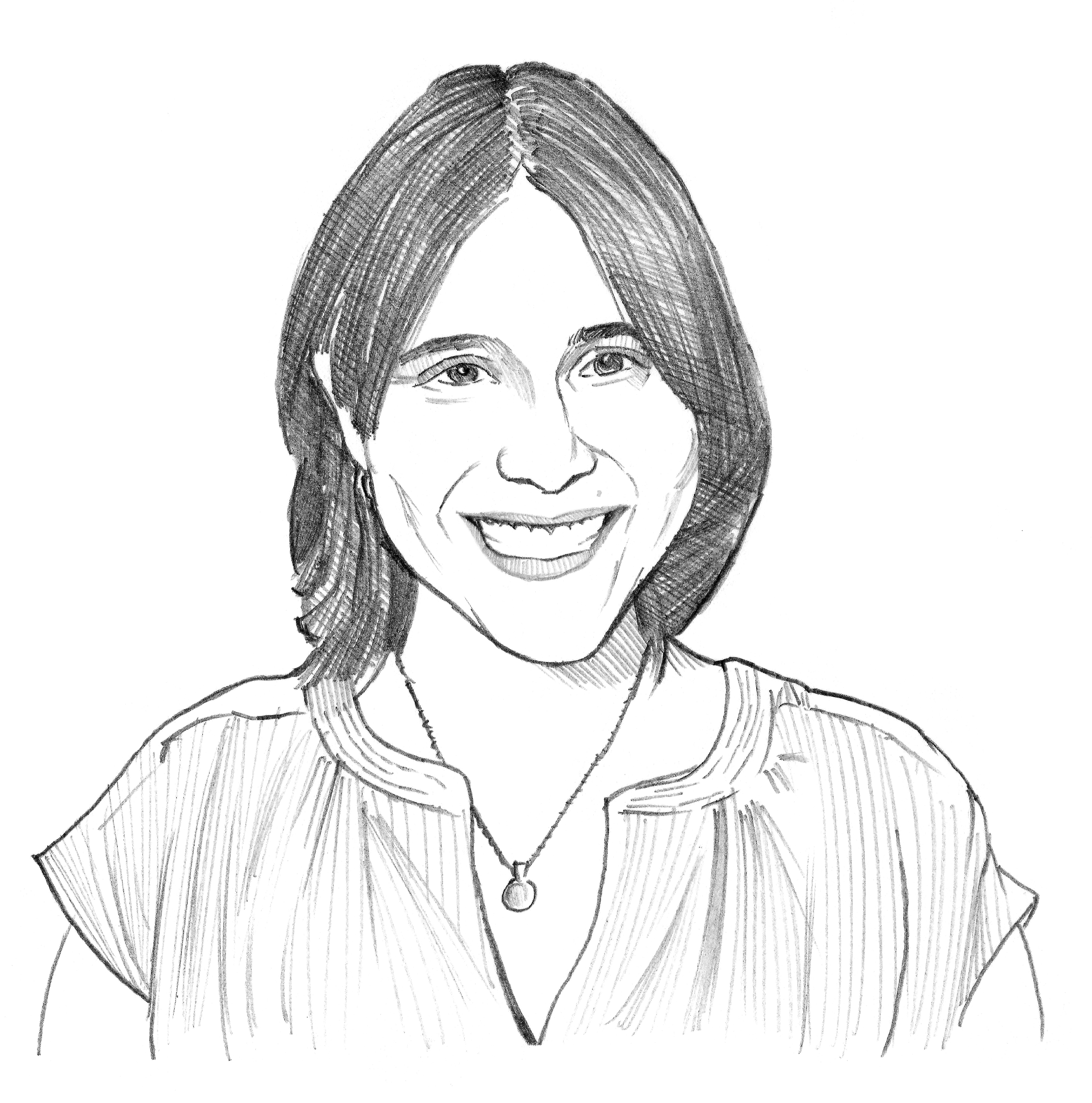
Practitioners of science spend their lives conjuring questions and searching for answers. Despite the pursuit of truth, Lisa M. P. Munoz has found that the sciences are riddled with systemic biases in plain sight. Throughout her career, first as an engineer and later as a science communicator, she has experienced this firsthand and listened to numerous similar experiences from colleagues.
In her new book — Women in Science Now: Stories and Strategies for Achieving Equity (Columbia University Press, 2023) — Munoz shines a spotlight on the experiences of more than a dozen researchers across fields like paleontology, genetics, and psychology who’ve encountered gendered and racial biases, how it influenced their careers, and what we currently know about discrimination across the sciences.
Inverse spoke with Munoz about her book, which is now available for pre-order and comes out for purchase on October 31, 2023.

This interview was edited for length and clarity.
Inverse: Why did you choose to write this book? What was your goal?
Munoz: It’s really easy to take one story or one piece of data and sort of dismiss it. And say, you know what, maybe I did something wrong. I’ve heard that so many times from so many women scientists. This leads to imposter syndrome: A feeling that you’re a fraud, you don’t belong here. I’ve heard it again and again and again.
Here’s one example that I think was also recently reported in the journal Science. A report published in the journal found that women scientists had, on average, half as much research space as their male counterparts — and a lot less storage space as well. They found that the trend couldn’t be explained by the number of years or the funding level. They couldn’t find anything that accounted for the discrepancy.
You can imagine that if you are an individual scientist there, and you are female, and you look around, and you see all of your male colleagues have more lab space than you. You might think, “Maybe it’s just me, maybe it’s because of when I came in, maybe it’s because of my discipline. I don’t really know.”
But then you start talking to more and more scientists. And you go, wait, this is happening to others.
You start the book by describing your experiences as an engineering undergraduate. What was that time in your life like?
Munoz: I’ve reflected on this a lot. Hindsight is 20/20, and I think about things differently now than I did as an 18-year-old. When I decided I wanted to be an engineer, I thought, this is great: I’ll be able to solve problems, it’s a very practical career, and it’ll have financial stability. When I entered Cornell, I had zero worries about fitting in. I had zero concerns that I would struggle. I knew that I would be a minority there because, at the time, there were not very many women in engineering at all. Sure enough, when I got there, I was one of the only women in many of my classes.

I share this story in the introduction to my book: I remember being in an electrical engineering class and hearing some male students make these snide comments quietly but audibly. ‘Oh, I wonder what she did for the T.A. [teaching assistant] to get this grade,’ when they thought that I had gotten a higher grade. And even at the time, when I thought, ‘Oh wow, those are real jerks,’ I didn’t necessarily internalize that as sexism or something that was persistent or something that I should have expected. I rolled past it, like a lot of women do.
We now see that a lot of places have changed that. I was recently talking to a professor at my alma mater about how they’ve changed how they think about those things. They’ve broken up some of their introductory classes, at least in biology, into multiple sections. They are able to provide a much more supportive ecosystem. But at the time that I went through that, all that I knew was that I wasn’t happy. I didn’t feel like I belonged.
In your book, you talk about how implicit bias played a huge role in this pervasive culture. What is implicit bias?
Munoz: Implicit bias is something that is usually subconscious. There’s a famous test of implicit bias called the implicit association test. In one variation of that test, a person looks at the name of a man or a woman and classifies them as either associated with a STEM field, like math or physics, or another field, like poetry and drama. Numerous studies show that people are more likely to associate male names with the STEM fields compared to female names. This form of implicit gender bias can, especially in science, translate into various stereotypes, biases, and discrimination.
What makes science an interesting discussion for all of this is people have regarded science as sort of more of a perfect meritocracy, very objective, and where we’re sort of shielded from the biases that might be pervasive in other fields. But we aren’t. It can have these unintended negative consequences in terms of who can be a scientist, how those people can advance, and then, ultimately, the success of the scientific enterprise.
Was there a story that was most memorable to you?
Munoz: One was Krystal Tsosie. She’s this amazing geneticist and bioethicist from the Navajo Nation. When she was in her Ph.D. program, she couldn’t really find a mentor who she could feel supported by. She realized she wanted her work ultimately to benefit indigenous people, but she couldn’t find any mentors who understood that personal drive and that personal motivation to make her work helpful to her community. So she left that program. When I was interviewing her, she was pursuing a different program in genetics and bioethics. Now, she’s an advocate for indigenous data sovereignty. She does amazing work mentoring indigenous scientists.
Her story wasn’t surprising to me, but it was something that I think about a lot. A wonderful example of how somebody’s identity can really shape not just their research interests but the decisions that they make and the pathways to becoming a scientist. Now, she’s able to give back to her community in the way that she wants to.
In the book, I also feature Ellen Currano, a paleobotanist. When she was first starting off, early in her career, going out into the field, she was one of the only women. Little things made it really difficult for her to do her fieldwork. Things like, if you were out [in the field] for more than a month at a time, and you’re a young woman, you’re probably going to get your period at some point. And what do you do to dispose of those wrappers? You’re out in a field site, and all of your trash is public. She remembers trying to wrap it and all the stress associated with that. Now, she’s a more senior scientist. She’s in a role where she can really have those conversations with the more junior women who are out in the field and make it a more welcoming and inclusive environment for them to do what they need to do.
What do you want readers to take away from your book?
Munoz: Everybody has their own unique story. They all have their different backgrounds. And search for answers to different questions. But they are all driven to pursue answers through the scientific method. And so I just find that universality so fascinating.
Editor’s Note: This story has been updated to reflect the fact that the example of the implicit association test provided is just one form of this test; there are many others. We are glad to correct this error.







